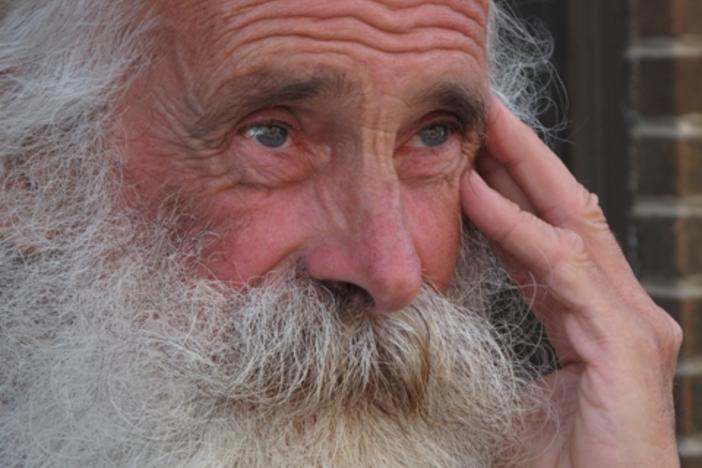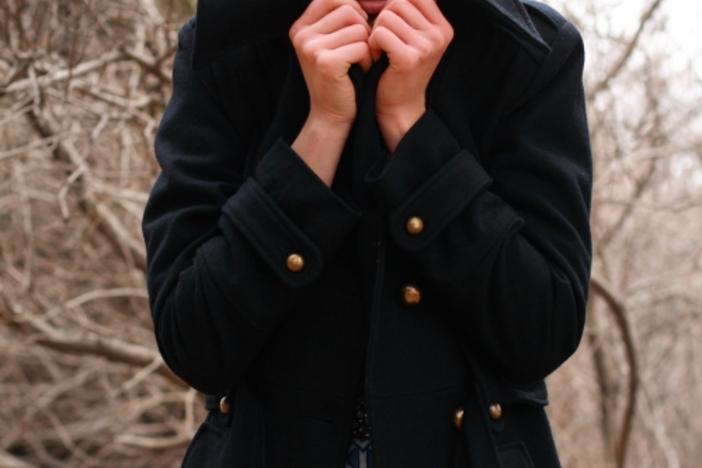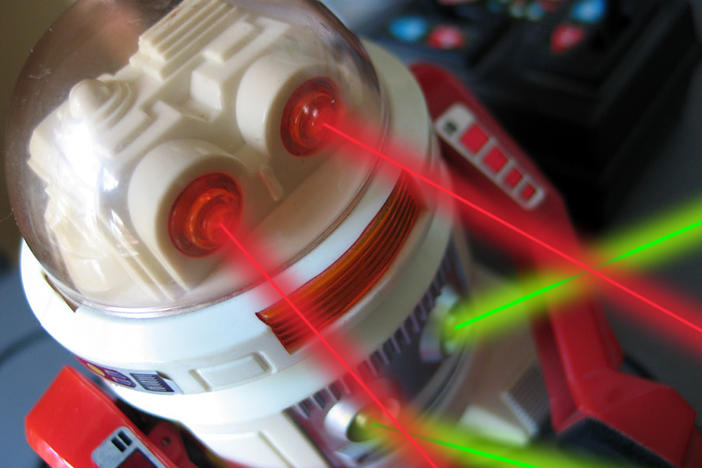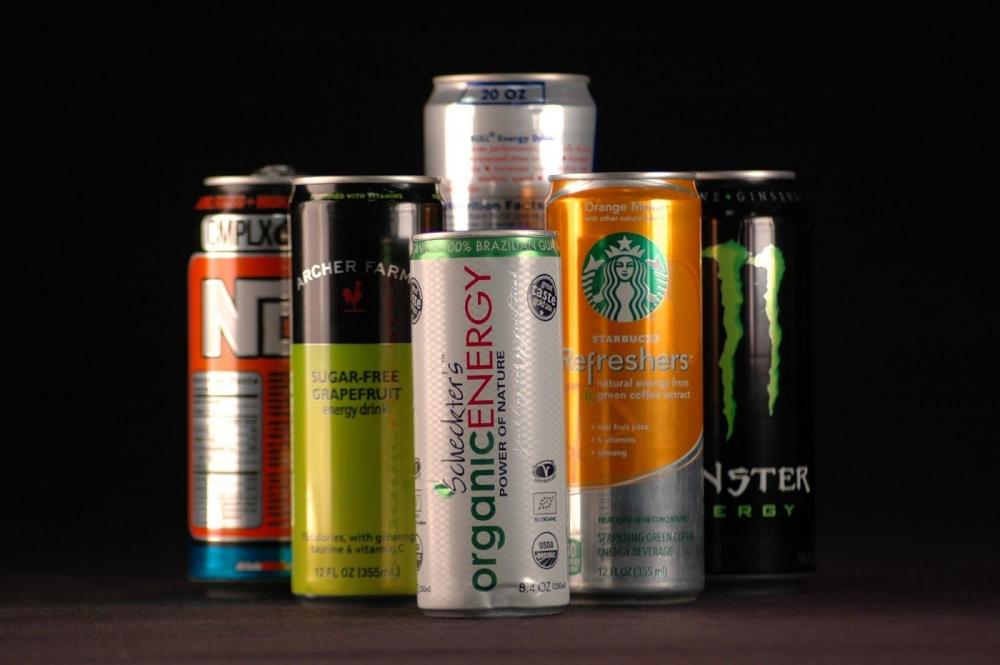
Section Branding
Header Content
What Are You Drinking?
Primary Content

“Energy drinks” sounds good.
Who couldn’t use more energy?
But there may be a problem: what’s in them that provides the jolt? It might not be listed on the product label. And you might not recognize it even when it is.
Then there can be problems using them as mixers, problems with who is drinking them, and how much they are drinking.
Energy drinks are big business. And it’s getting bigger.
2006 sales: $5.4 billion
2011 sales: nearly $9 billion
More and more people are consuming them.
2005: 2.3 billion consumed
2010: 6 billion consumed
Caffeine Ingredients: Not just from coffee beans
Energy drink fans may not realize how much caffeine they’re getting.
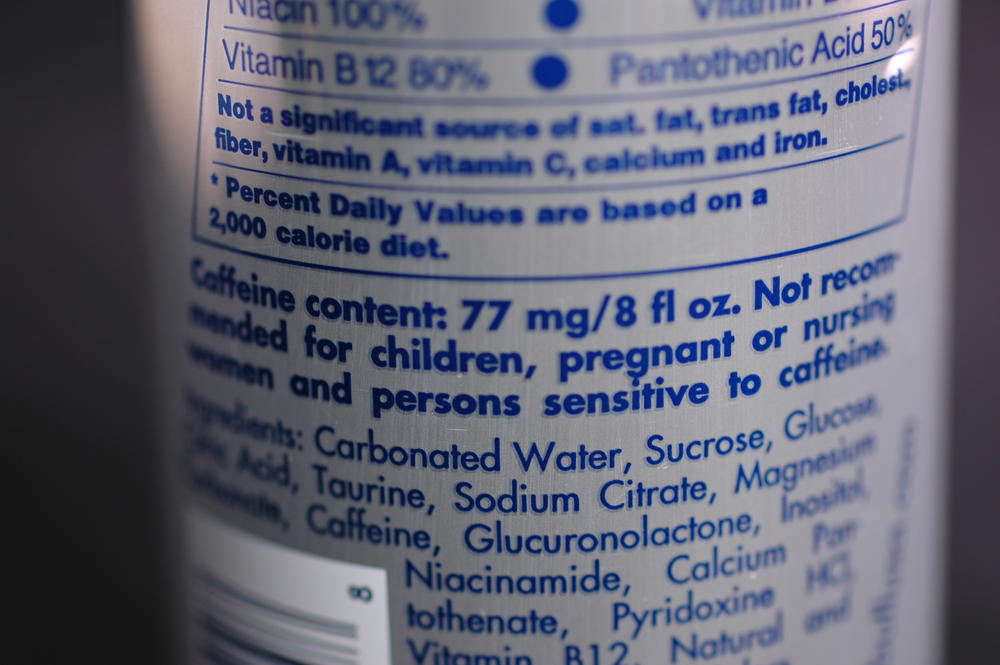
Hidden caffeine:
The caffeine count listed (or not) on the product label can underestimate the overall caffeine punch delivered. Caffeine is also hidden in other ingredients like guarana, kola nut, yerba mate, and cocoa. Guarana (also known as Paullinia cupana) contains anywhere from 40 to 80 mg of caffeine per gram.
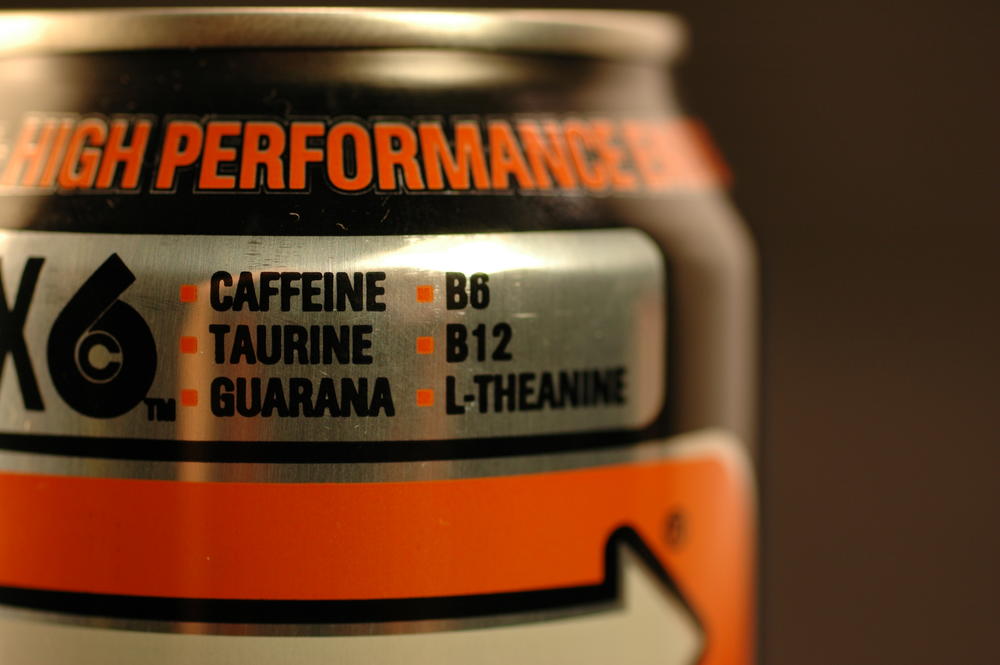
Other ingredients:
Energy drinks often contain other added ingredients:
Taurine, which can increase blood pressure and heart rate when combined with caffeine;
Ginseng, which can interfere with prescription medications including warfarin, estrogen, steroids, and digoxin.
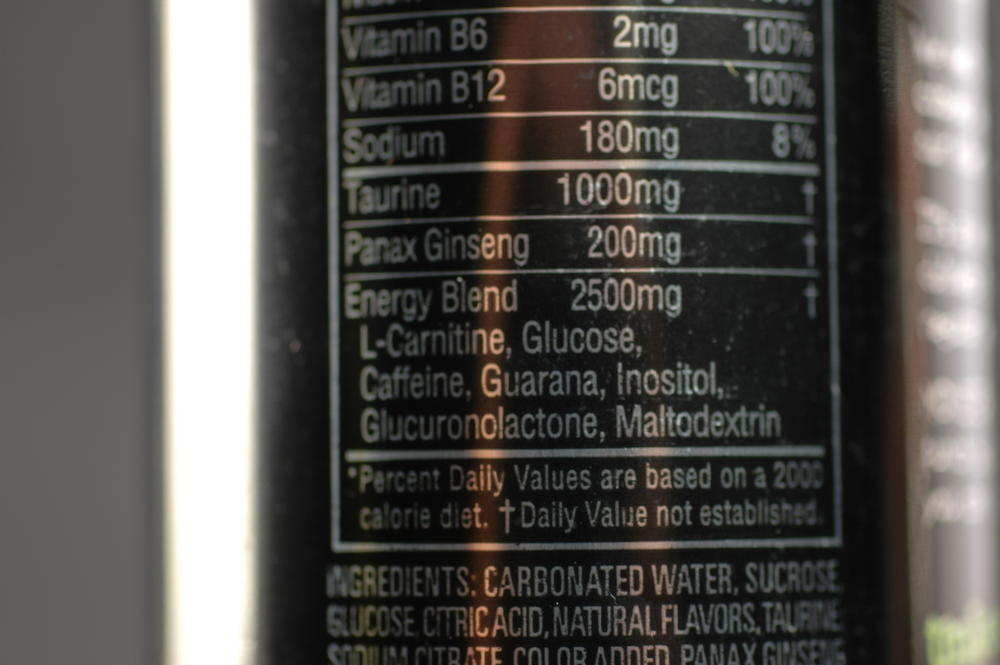
Why is caffeine content not clear?
A very large loophole lets dietary supplements bypass FDA oversight. The 1994 Dietary Supplement and Education Act (DSHEA) allows products classified as dietary supplements to side step listing caffeine content on the label.
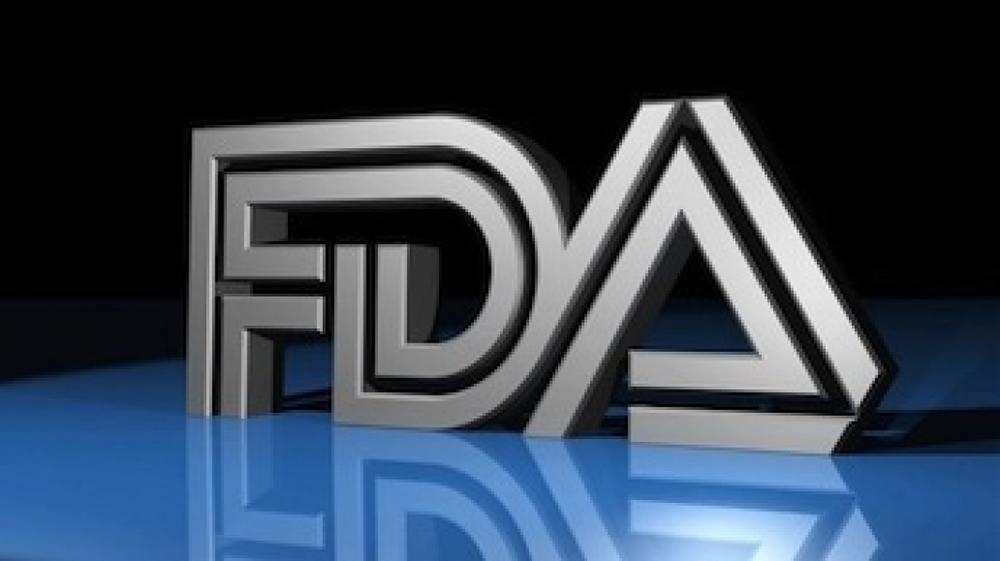
The FDA does require over the counter “energy” medications like No-Doz and Caffedrine to list their caffeine content. The FDA also sets a caffeine upper limit of 71mg per 12 ounce serving for cola like drinks: most cola beverages don’t contain that much.
Energy Drink concerns on college campuses

For a first hand view of the impact on college campuses, I consulted James C. Turner, MD, Professor of Internal Medicine and Executive Director, Department of Student Health and the National Social Norms Institute University of Virginia. Dr. Turner is also past president of the American College Health Association. Here’s his take:
“Manufacturers are aggressively marketing the drinks on campuses. With product representatives (frequently fellow students hired by the company) prominently present at parties and student gatherings, the "energy drinks" are being used commonly as mixers with distilled liquors. There are names given to common drinks including the energy product in the name. The ultimate outcome of this trend is unfortunately the increased use of distilled spirits, resulting in higher levels of intoxication and negative consequences, compared to the use of other alcoholic drinks such as beer.”
The result of mixing alcohol with energy drinks is termed “wide awake drunk.” It can produce dangerous and deadly consequences. Although students think the caffeine counteracts alcohol, it only keeps them from realizing that they are drunk. They keep drinking, even though judgment, reaction time, and motor skills are already impaired. As I highlighted in my Staying Well column on WebMD’s Medscape, this can lead to bad choices, risky behaviors, and worse..
Although FDA put the kibosh on premixed alcoholic energy drinks in November 2010 , this does not keep kids from mixing them on their own.
Final Thoughts (and good resources)
The Journal of the American Medical Association has a patient page devoted to energy drinks.
GPB’s Your Health Matters segment reviews caffeine counts in different beverages and safe levels of consumption for different age groups. Click to Check it out!




